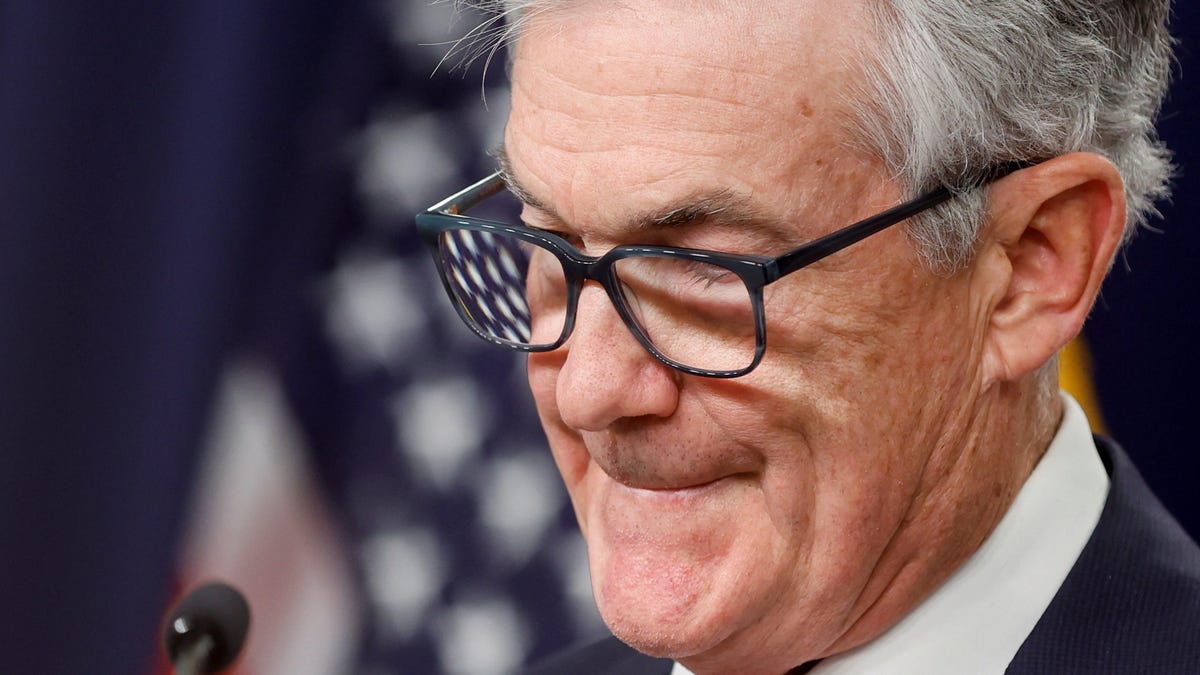
In economic theory, the Phillips curve posits a tradeoff between unemployment and inflation. Essentially, unemployment has to rise for inflation to come down. Formulated by the New Zealand-born economist William Phillips in 1958, the idea passed quickly into received wisdom—and then into contentious debate.
In recent years, the relationship between unemployment and inflation has been much less evident in the data. Notably, disinflation (when prices are rising but at a slower pace than before) kicked off in the second half of 2022 without a rise in unemployment.
The annual rate of inflation, as measured by the US Consumer Price Index (CPI), fell from 9% in June to 6.4%, in December. The unemployment rate during the same period, however, went from hovering around 3.6% to settle at 3.5% in December.
Is the Phillips curve broken?
In a press conference on Feb. 1, following the meeting of the Federal Reserve’s monetary policy committee, Fed chair Jerome Powell seemed convinced still of the validity of the Phillips curve. Fed officials have said they don’t expect to cut rates any time soon, and are predicting the unemployment rate will move from 3.5% up to 4.6% by the end of 2023.
“I would say it is a good thing that the disinflation that we have seen so far has not come at the expense of a weaker labor market,” Powell said. “But I would also say that the disinflationary process that you now see underway is really at an early stage.”
The recent pullback in inflation has been caused by goods becoming cheaper after supply chain snags worked themselves out, Powell added. There’s opportunity for further pullback with the contraction in the US housing market. But there’s yet to be a significant pullback in price increases for some parts of the services sector (even though categories like food have cooled off and energy has gotten cheaper).
At the press conference, Powell also observed that, within the strong labor market, wage growth hadn’t slowed as much as anticipated. “We’ve seen average hourly earnings and now the Employment Cost Index abating a little bit still off of their highs of six months ago and more, but still at levels that are fairly elevated,” he said.
Is the Fed pushing the US closer to an unnecessary recession?
Raising or lowering interest rates is a crude exercise. It isn’t often feasible, for instance, to control the rise in unemployment to a precisely calibrated degree by cutting rates, as the Phillips curve would have it. Instead, the Fed could slow the economy so drastically that unemployment surges to acutely painful levels.
The Fed is raising rates not only to bring inflation back down to its 2% target but also to keep inflation from becoming entrenched—which is what happens when consumers and businesses get used to higher inflation, expect it, and keep raising prices.
In such a situation, the thinking goes, the economy risks a wage-price spiral. Workers demand higher wages, in turn producing higher prices, pushing up wages further, and so on. Still, many economists say this ignores the fact that US workers have less bargaining power now, thanks to weaker unions and to restrictions on organizing that didn’t exist the last time inflation was this high the 1970s and 1980s.
The prospect of a lose-lose scenario
So, what if interest rate hikes tighten financial conditions enough to tip the US into a recession, and unemployment climbs with abandon?
Powell said the Fed has tools for tackling that, but it’s unclear if the Fed could stop millions of workers from losing their jobs by just cutting rates. This is why labor advocacy organizations like Employ America have accused the Fed of making a mistake that could cause a recession without solving the inflation problem.
"still" - Google News
February 03, 2023 at 02:40AM
https://ift.tt/KwNvWHs
Why the Fed still isn't planning a rate cut this year - Quartz
"still" - Google News
https://ift.tt/THcgLnp
https://ift.tt/UwBCd4i
Bagikan Berita Ini














0 Response to "Why the Fed still isn't planning a rate cut this year - Quartz"
Post a Comment